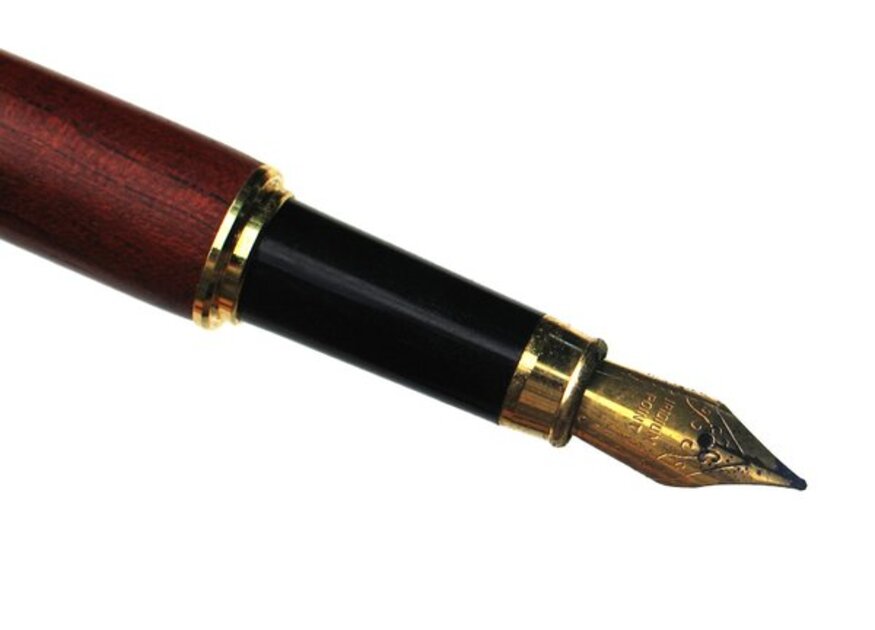
Our Gemara on Amud Bais states that while it's expected for an animal to eat, if it eats from a table—this unusual behavior results in categorizing the damage as non-usual, subject only to half-damages. This observation of an animal's atypical behavior brings to mind the well-known Rav Nachman story (found in Sippurei Ma’asiyos).
The story, available on the Breslov.org website (https://breslov.org/rebbe-nachmans-story-the-turkey-prince/), recounts a prince who descended into madness, believing himself to be a turkey. He felt compelled to sit naked under the table, pecking at bones and pieces of bread like a turkey. Despite all efforts, the royal physicians despaired of curing his madness, leaving the king in profound grief.
A sage arrived, declaring, “I will undertake to cure him.” He undressed and joined the prince under the table, adopting the behavior of picking crumbs and bones. “Who are you?” asked the prince. “What are you doing here?” The sage replied, “And you? What brings you here?”
“I am a turkey,” said the prince. “I'm also a turkey,” responded the sage.
They sat together in this manner until they forged a strong bond. One day, the sage signaled the king’s servants to bring them shirts, suggesting to the prince, “What makes you think a turkey can’t wear a shirt? You can wear a shirt and still be a turkey.” With that, they both put on shirts.
Continuing this approach, the sage encouraged the prince to wear pants when they were provided, questioning, “Why can’t a turkey wear pants?” Gradually, they both dressed entirely. Then, signaling for regular food from the table, the sage prompted the prince, “What makes you think you’ll stop being a turkey if you eat good food? You can eat whatever you want and still be a turkey!” They both partook of the food.
Finally, the sage suggested, “What makes you think a turkey must sit under the table? Even a turkey can sit at the table.” Continuously guiding the prince, the sage eventually cured him.
While various mystical interpretations exist, I perceive a psychological relational truth in this story. The prince, trapped in his delusion, “identified as a turkey”, impervious to persuasion. The only influence came from the wise man who initially respected him and immersed himself in the prince's world. Living as a turkey, they built trust, enabling the sage to guide the prince towards more adaptive behaviors. Crucially, the sage didn’t attempt to disprove the prince's belief; rather, he encouraged the consideration of a turkey coexisting with human behavior.
Carl Jung once remarked that our ability to influence others correlates with their perception of our openness to being influenced by them. This aligns with the imperative to respect subjective feelings and beliefs, even when evidently wrong—especially in such cases. Acknowledging motivations and experiences differs from agreeing with them. Authentic curiosity and interest in understanding others foster openness to persuasion and alternative perspectives. This authenticity cannot be feigned or employed as a strategy. Genuine respect and curiosity to see individuals as they perceive themselves present a significant challenge, particularly when disagreements or frustrations arise. Nonetheless, it's an endeavor of immense value.
Translations Courtesy of Sefaria, except when, sometimes, I disagree with the translation ![]()
If you liked this, you might enjoy my Relationship Communications Guide. Click on the link above.
Rabbi Simcha Feuerman, Rabbi Simcha Feuerman, LCSW-R, DHL is a psychotherapist who works with high conflict couples and families. He can be reached via email at simchafeuerman@gmail.com
 Previous
Previous

